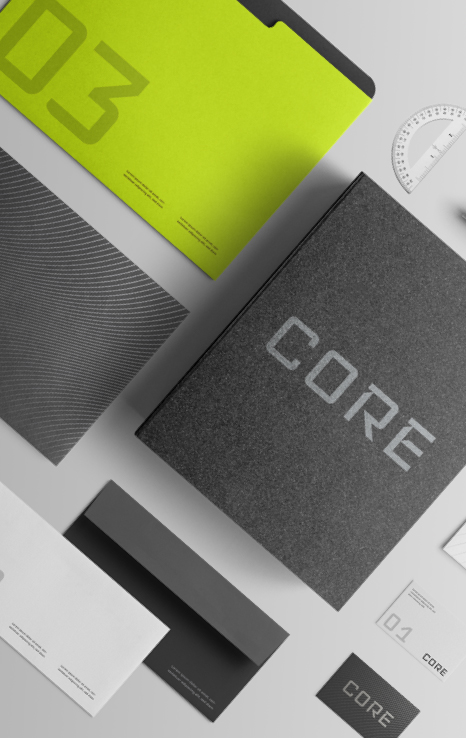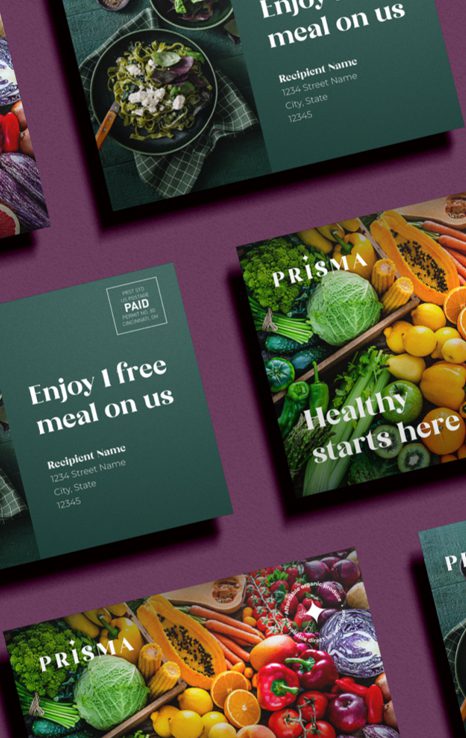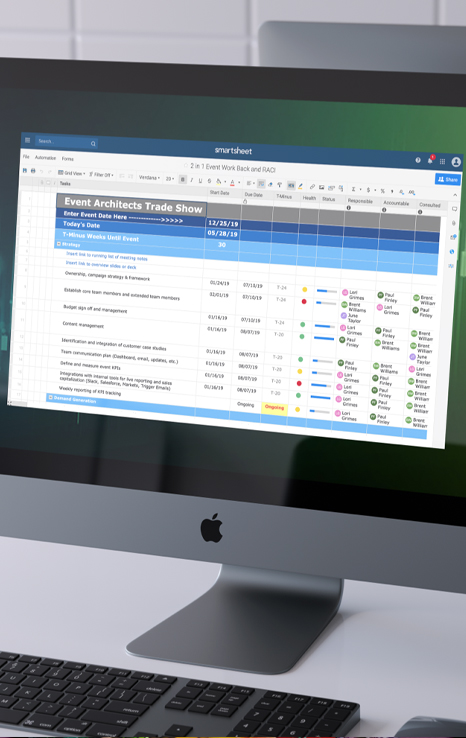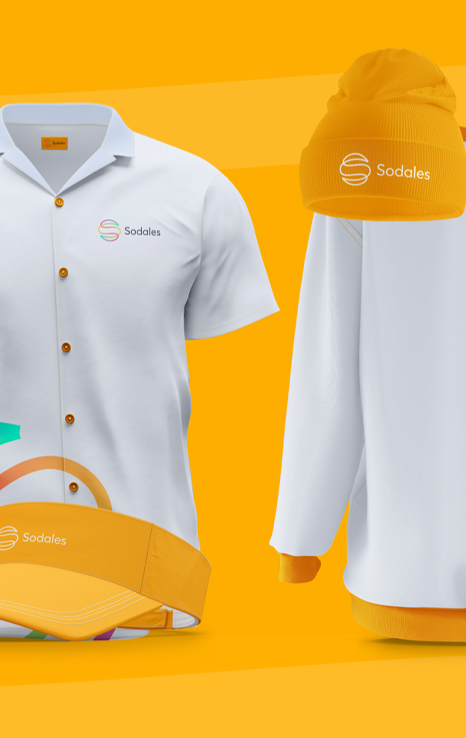Despite the meteoric rise of digital marketing, consumers still have a love affair with print. From direct mail to packaging to signage and in-store displays, print continues to be critical to marketers’ success. It’s not that marketers need to focus on print to the exclusion of digital media, but for best results, it needs to remain a key part of the mix.
According to a recent study by Smithers Pira, the global print market is expected to reach $821 billion by 2022 (“The Future of Global Printing to 2022”). That’s a lot of printed products! Much of this growth will be driven by the cost-effectiveness and flexibility offered by digital production, not just in direct mail, but in nontraditional digital print applications like packaging and labels.
Why? Print is more than beautiful and fun to interact with. There is something about the human brain that responds to print in a way that it does not respond to digital media.
One of the ways that researchers seek to understand this phenomenon is by studying how people’s brains respond to different channels, including print. Response is often measured using two metrics: motivation, or the level at which the channel drives behavior; and cognitive load, which refers to how easy or difficult something is to understand. To be most effective, a channel must score well in both categories. It must be easy to understand and highly motivating.
Print soars in both categories. Here are some data from a classic study by Canada Post titled “A Bias for Action.” The study used neuroscientific research to study print and digital channels on key drivers of behavior, including motivation and cognitive load. Here is what it found:
-
- Direct mail is easier to understand and more memorable than digital media, requiring 32% less cognitive effort to process and eliciting a much higher brand recall.
- Direct mail is more persuasive than digital media, with a motivation response 20% higher than digital.
- Direct mail is visually processed more quickly than digital media.
When these three things are considered together, this suggests that print gets the message across faster. Consequently, direct mail is more likely to drive behavior.
As marketers, we love print because our customers love print. Digital plays an important role in flexibility, speed, and viral sharing, but print needs to be in the center of the mix.




































